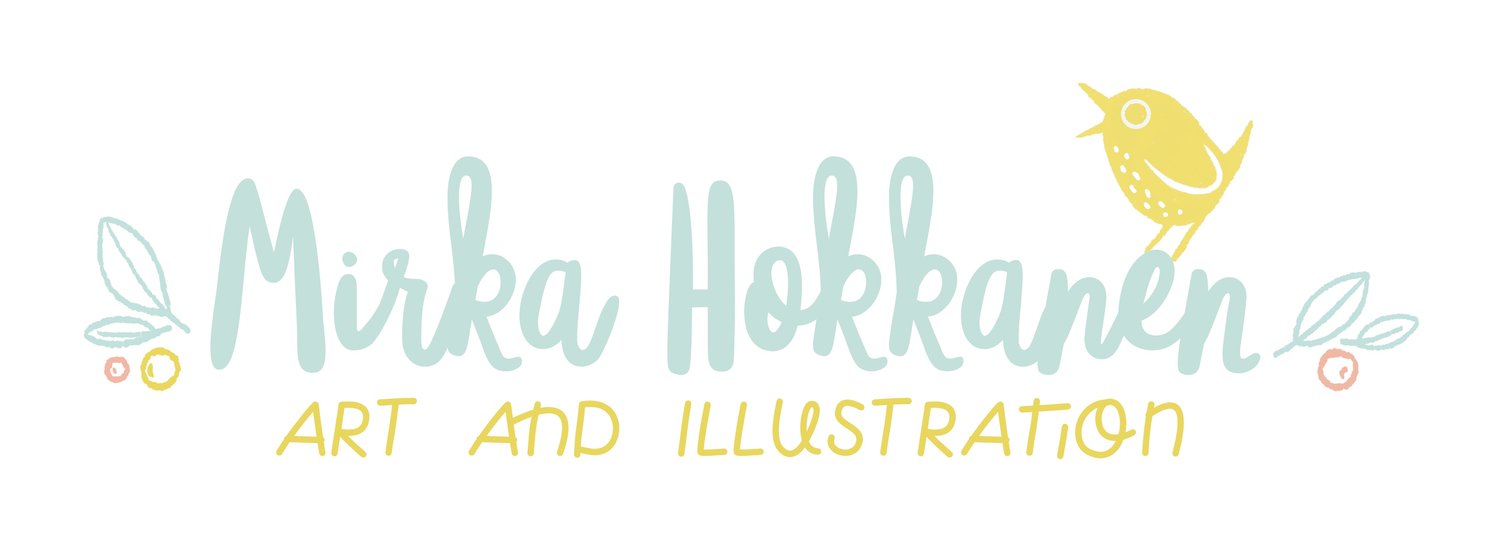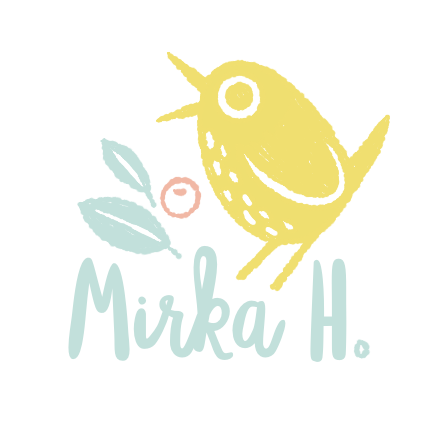10 Essential Things to Include In Your Picture Book Portfolio
If you’re just getting started in picture book illustration, one of the biggest questions you might have is: What should I put in my portfolio?
A strong portfolio is more than a collection of pretty drawings—it’s a carefully curated set of illustrations that shows art directors, editors, and agents that you can tell stories, create consistent characters, and handle the kinds of scenes found in real picture books.
Below are 10 essential points to guide you as you build or refine your portfolio. Think of these points as a Venn diagram—you don’t need a separate illustration for each one. Many of them can (and should!) overlap within the same piece. (If you would rather listen to this content, you can watch the You tube video below.
Let’s dive in.
1. Show Illustrations Featuring Children
If you want to illustrate picture books, your portfolio should show kids doing kid things—running, climbing, exploring, laughing, reacting, and playing.
If you enjoy drawing people in general, include a variety of ages: from babies to teens, adults & grandparents. The ages of the people you illustrate should match the age group you want to illustrate for. So if you want to illustrate picture books to kids ages 4-6, include kids that look around that age.
2. Illustrate What You Want to Be Hired For
Your portfolio should highlight the subjects you love to draw.
If you don’t enjoy illustrating cars, cities, or machinery, don’t fill your portfolio with them. The last thing you want is an editor loving a single truck illustration and hiring you for an entire book full of trucks.
Instead, showcase the themes that excite you. If you love nature and animals, lean into that. Your portfolio should reflect the kinds of books you want to make.
3. Include Common Animals
Animals appear in most children’s books, so it’s a good idea to include some of the common ones in your portfolio. (If you don’t know what common animals are in picture books, then I also recommend that you visit the nearest library and read 50-100 books to get started.) Some ideas for animals to include:
Pets like cats, dogs or rabbits
Forest animals such as foxes, squirrels or bears
Common Farm or jungle animals
Showing you can draw a variety of animals—especially ones commonly featured in kidlit—makes your portfolio stronger and more marketable.
4. Use a Variety of Illustration Formats
Picture books aren’t made of just one type of image. Include:
Full-spread horizontal illustrations with backgrounds
Vertical full page illustrations
Spot illustrations/Vignettes with minimal or no background
This range shows art directors you understand book layout and can handle different storytelling needs.
5. Show Interior and Exterior Scenes
It’s a good idea to include different environments. Try illustrating:
Indoor scenes (like kitchens, living rooms, bedrooms)
Outdoor scenes (forests, city streets, parks, backyards)
The goal is to show your worldbuilding skills and your ability to design believable settings both inside and out.
6. Show the Same Character in Multiple Illustrations
This point is crucial for picture book work.
Create at least three illustrations featuring the same character showing them in different poses, from different angles with different emotions. This demonstrates that you can draw characters and environments consistently, which is one of the most important skills for a picture book illustrator.
7. Highlight a Range of Emotions
Not every character should be smiling. Show characters who are:
Happy
Sad
Scared
Excited
Frustrated
Curious, etc
If you have two characters on a page and they are showing different emotions, for example one is smiling and one is crying, you are instantly adding storytelling depth to the piece.
8. Add Movement and Dynamic Poses
Avoid stiff, static characters with arms dangling at their sides. Movement brings illustrations to life.
Show characters:
Jumping
Running
Sneaking
Falling
Reacting
Dancing
Movement can express emotion. Think: Is the character running in fear? Running joyfully? Running angrily? Even simple movements can have emotional range, so think of how you want each character to read when sketching your illustration.
9. Show Clear, Strong Storytelling
Whether you’re illustrating a series or just one illustration, storytelling is key. Think about:
What happened just before the moment you're drawing
What’s about to happen next
What props, setting details, movement, emotions or character choices can support the story
A single illustration can hint at an entire plot if you include thoughtful elements. For example, let’s draw a kid on the living room floor crying. What else can we add for more storytelling: do they have mismatched clothes, a scraped knee, is there a lamp that is broken on the floor, are there other characters in the room, like a cat or a sibling, what time of day is it, is there an open window. Think of elements to add to your illustration that will add or support it’s visual narrative.
10. Curate Thoughtfully—Less Is More
Your portfolio is only as strong as its weakest piece.
As you create new work, regularly remove older or weaker illustrations. Seek outside feedback from:
Critique groups
Fellow illustrators
Art directors or agents (via SCBWI events, for example)
Online kidlit communities (KidLit411 critique groups on Facebook)
You can also compare your work to professionally published picture books. Place your illustrations beside books you admire and analyze differences in color, clarity, emotion, composition, and storytelling.
Developing this critical eye takes time, but it will dramatically strengthen your portfolio.
Final Thoughts
You don’t need to include every one of these points in every illustration—but across a portfolio, try to touch on each area. Choose subjects you truly enjoy illustrating, and create work that reflects what you want your future books to look like.
A well-curated portfolio shows skill, personality, storytelling, and intention. With these ten points in mind, you’ll be well on your way to building a portfolio that catches the eye of editors, agents, and art directors—while staying true to the kind of art you love to create.
If you are interested in learning a bit more in creating a portfolio, I’ve also added a portfolio class to my Skillshare class list and to Gumroad.



